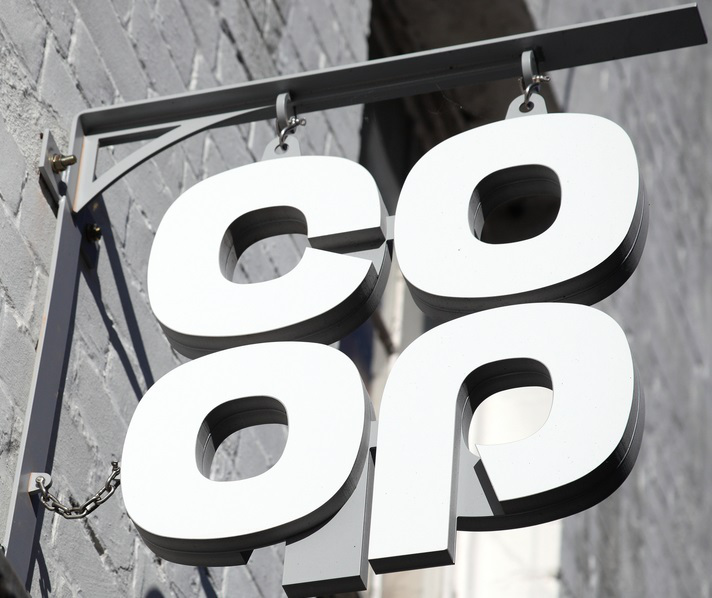 Emilia Romagna is one of the richest and most developed regions in Europe with the third highest GDP per capita in Italy. It has one of the densest cooperative economies in the world. About two out of every three inhabitants are co-op members, together producing around 30 percent of the region’s GDP. Many coops are small companies owned and managed by a few fellow workers, doing high-tech, advanced manufacturing that’s too specialized for bigger factories.
Emilia Romagna is one of the richest and most developed regions in Europe with the third highest GDP per capita in Italy. It has one of the densest cooperative economies in the world. About two out of every three inhabitants are co-op members, together producing around 30 percent of the region’s GDP. Many coops are small companies owned and managed by a few fellow workers, doing high-tech, advanced manufacturing that’s too specialized for bigger factories.Coop is the largest retail chain in Italy, with its supermarkets and “hypermarkets” claiming close to 20 percent of market share, and the whole enterprise is owned by its 7.4 million consumer members across the country. How did it get so big? The answer is, as it turns out, crowdfunding. Emilia–Romagna is home of numerous automotive industries, such as Ferrari, Lamborghini, Maserati and Ducati. There are around 430,000 SME’s in this region, one of the largest concentrations of small firms in the industrial world. Of those firms, 99% of them have less than 250 employees. The average manufacturing firm in Emilia Romagna has only 10 employees. Only 1% of firms have 250 or more employees. The Emilian model as it is called, consists of a complex network of SME’s and industrial and social co-operatives among them. If we were to categorize it as a result of one type of coordination mechanism we could argue that this complex network emerged through self-organization of the local social cooperatives and industrial actors. Legal contracts are unnecessary and rare, and the transaction costs extremely low and most of the deals taking place are made on a “handshake”. Emilian model would be characterized as a complex network of tightly coupled non-hierarchical networks where interaction happens among all actors with small or big projects to be the center on which a number of the actors connect each time to carry out its separate task as they mainly work by outsourcing.
Typically, a manufacturing network will come together to fill a contract secured by one of the local firms. This “anchor firm” will then sub-contract segments of the production process to individual firms which specialize in one aspect of the production cycle. And, although the anchor firm may change from one contract to the next, all members of the manufacturing network are known to each other, have long standing economic and social relationships, and see themselves as part of an organic, informal, economic system. As one can realize since outsourcing is the way to carry out their projects, the resource dependency in the network is high among the actors meaning that actors need each other’s resources to achieve their goals.
For instance, Ducati makes motorcycles, but 90% of the motorcycle is made outside of Ducati by its network of sub-suppliers. So there is a lot of value being produced before the motorcycle gets assembled by Ducati. The local enterprises have strong international relationships with foreign companies mainly in form of exchange of know-how, services and information. A good example is the list of the partners/suppliers of Ducati indicating that all of them are placed in the region as it is stated in their official website.
As a regional resource, the network produces knowledge and exchanges know-how among the actors as well as creating and diffusing values externally to the local communities. Emilian Model as a regional resource network would be characterized as social network based on trust, no legal contracts taking place, contracts here are made with a “handshake”. What is remarkable in these networks therefore, is the application of attitudes and principles which closely resemble the operations of civil society. Key among these is the principle of reciprocity, which sets these operations apart from the commodity exchanges of the commercial economy. One firm will outsource to other firms on the expectation that those firms will reciprocate to them later. The success of one firm is intimately bound up with the success of the others.





